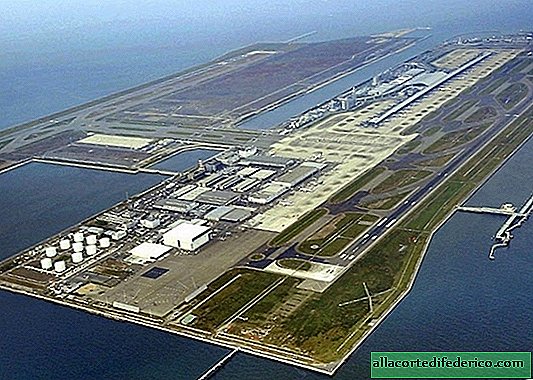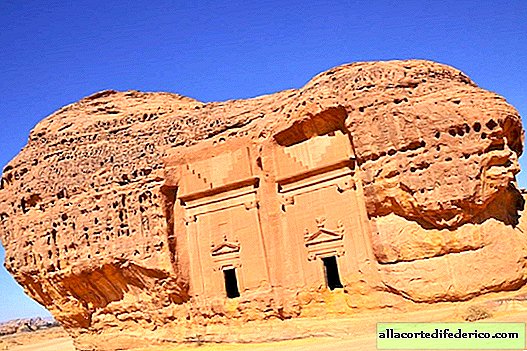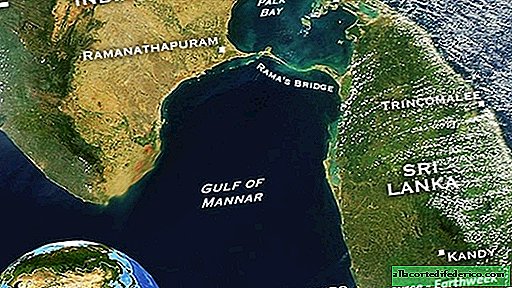Khazar Kaganate: a forgotten empire in Russia
Russian scientist Vasily Grigoriev in his article on the device of power in the Khazar Khaganate wrote that the Khazars are a phenomenon of the Middle Ages. Surrounded by nomadic peoples, they created a developed system of state structure: structured power and administrative management, flourishing trade, a standing army. The Khazar state was famous for its tolerance and desire for justice, while in Europe they were much tougher on these issues. All persecuted for beliefs rushed to the Khazar Kaganate. Vasily Grigoriev noted that "The Khazar state ascended like a bright star in the gloomy horizon of Europe and disappeared, leaving no trace of its existence".
The Khazars belonged to the Turkic-speaking peoples, led a nomadic lifestyle and in the 7th century were able to create the largest trading state in the North Caucasus. Over the centuries, they expanded their dominance, subjugating the present south of Russia, the east of Ukraine, the Crimean peninsula, the northwestern part of Uzbekistan and the west of Kazakhstan.

Scientists do not know exactly where they came from. Some historians suggest that this nationality came from the Central Asian regions.
It is believed that they were once part of the Hun Empire in the 5th century. About them as the Akatsir tribe, a nomadic cattle-breeding people, the Byzantine diplomat Priscus of Panius wrote. Some of them came from hunter-gatherers isolated in the ice age.
In the VI century, they became part of the Western Turkic Kaganate. He ceased to exist in the middle of the next century. After this, the Khazars founded their state, including the Bulgars, Caucasian tribes and Slavs. The Khazars were originally nomads, but, having won settled neighbors, they learned from them how to grow crops and began to lead a settled lifestyle. This led to the development of trade and allowed to become a large trading state.
 Khazar coin
Khazar coinOne of the stages of strengthening the Khazar Khaganate was the conflict with the Arab caliphate. Caliph Umar in 644 ordered his troops to march on the Caucasus. In the city of Balanjar, in 653, a major clash between Arabs and Khazars took place. The Arab commander Salman ibn Rabi fell in battle. But the Arabs continued the struggle and forced the Khazars to retreat north. Nonetheless, previous victories helped delay the Arab advance on Eastern Europe.
Remarkable relations have developed with the Byzantine Empire. It is known that in the 7th century the kaganate participated in a military campaign on the side of the emperor Heraclius against the Sassanids.
Konstantin V and Justinian II married Khazar wives. Byzantium was interested in the Khazar Kaganate. This state provided border protection from nomads walking along the steppes of the East European Plain and the North Caucasus.
 Khazar fortress, Belaya Vezha, Russia. Today it is located at the bottom of the Tsimlyansk reservoir. Thanks to its favorable geographical location, the Khazars quickly became rich in trade. Large trade routes passed through them. Merchants carried their goods from east to west and north to south. However, as in the opposite direction. The state collected customs duties for the transport of goods, and this contributed to economic growth.
Khazar fortress, Belaya Vezha, Russia. Today it is located at the bottom of the Tsimlyansk reservoir. Thanks to its favorable geographical location, the Khazars quickly became rich in trade. Large trade routes passed through them. Merchants carried their goods from east to west and north to south. However, as in the opposite direction. The state collected customs duties for the transport of goods, and this contributed to economic growth.  "Bargaining in the camp of the Eastern Slavs." Artist S. Ivanov. 1913 Russia sold slaves to the Khazars
"Bargaining in the camp of the Eastern Slavs." Artist S. Ivanov. 1913 Russia sold slaves to the KhazarsBy the 10th century, a decline in the economy began, the Pechenegs were running out from the west, the Slavs created Kievan Rus in the east. In 965, the great Kiev prince Svyatoslav Igorevich defeated the Khazar army.
We know about the history of the Khazars from the Arabic and Byzantine annals. Unfortunately, the Khazar language has not reached us.

















